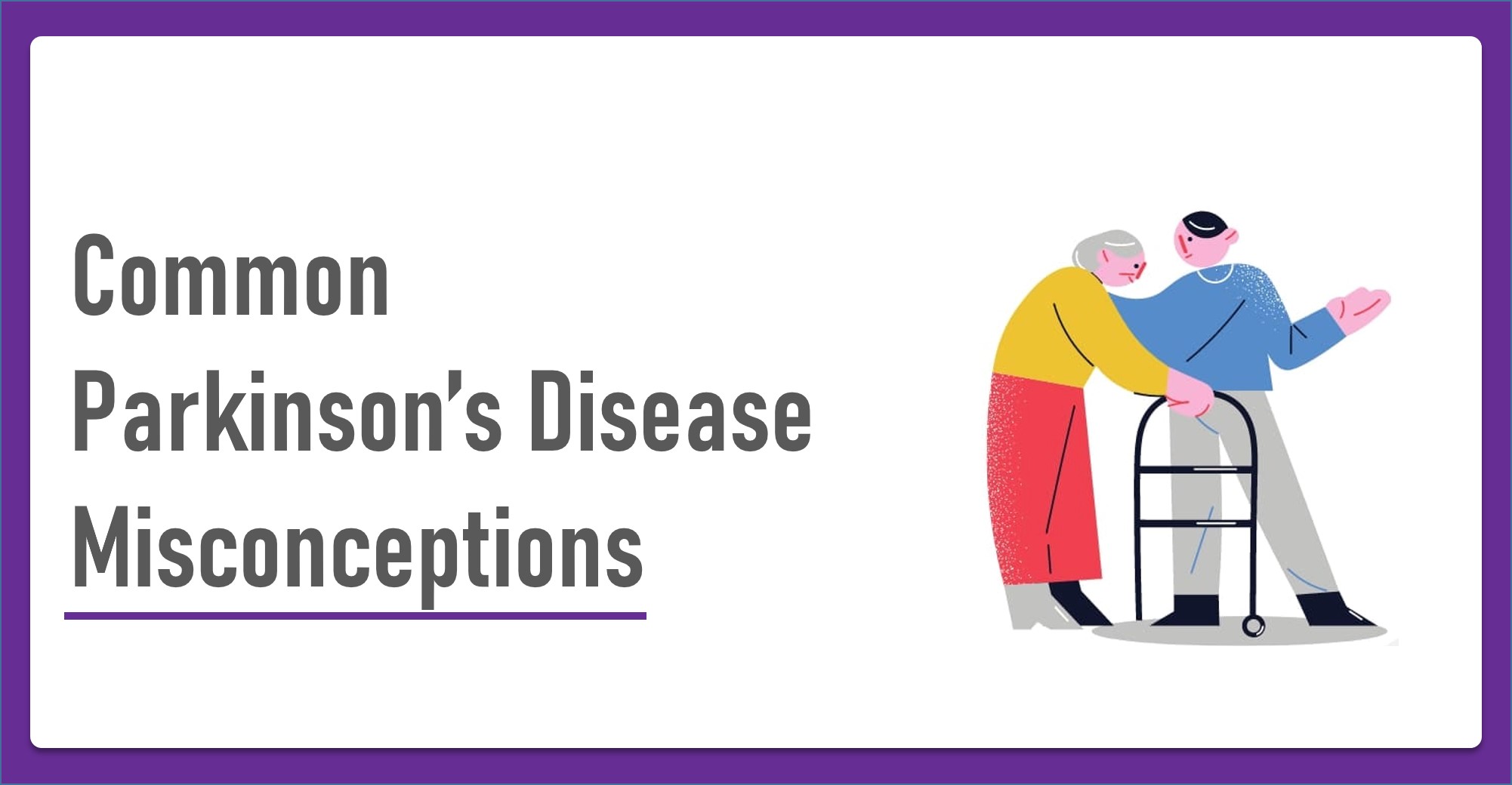When you ask the expert what common misconceptions about Parkinson’s disease still exist, they will say, “which one to start from?”. Because there are many misconceptions about Parkinson’s disease.
Unfortunately, a lot people can develop misconceptions when it comes to Parkinson’s disease and Parkinson’s symptoms. So, we have compiled a list of some common ones to educate on the truth of Parkinson’s disease.
Truth:
Of course, Parkinson’s disease symptoms are visible. But there are some non-visible symptoms like depression, dementia, anxiety, low blood pressure and fatigue.
Truth:
While this is true that most people diagnosed with Parkinson’s disease are above the age of 50. But study shows that many of the patient are diagnosed before the age 40. Anyone diagnosed with Parkinson’s disease at an age younger than 50 is considered young-onset Parkinson’s, or YOPD.
See also: Common Neurological Disorders – A Problem of Aging
Truth:
Typically, the progression of Parkinson’s is slow. Symptoms can fluctuate. symptoms change slowly, with substantive progression taking place over the space of many months or years.
Truth:
There is no link or proof that shows any Parkinson’s medications increasing the disease’s progression. Parkinson’s medication helps manage symptoms of PD and does not cause them.
Truth:
It’s easy to connect tremor to Parkinson’s disease because it’s a prominent and recognizable symptom. But some people with Parkinson’s never have a tremor.
Truth:
There is a lot besides medication that can help with PD. Workout and staying active can help manage Parkinson’s.
Truth:
This is a misconception. Parkinson’s is not fatal in the same way that a heart attack might be. People with Parkinson’s can live long and meaningful lives with proper PD treatment and proper management.

